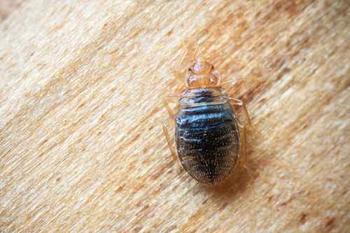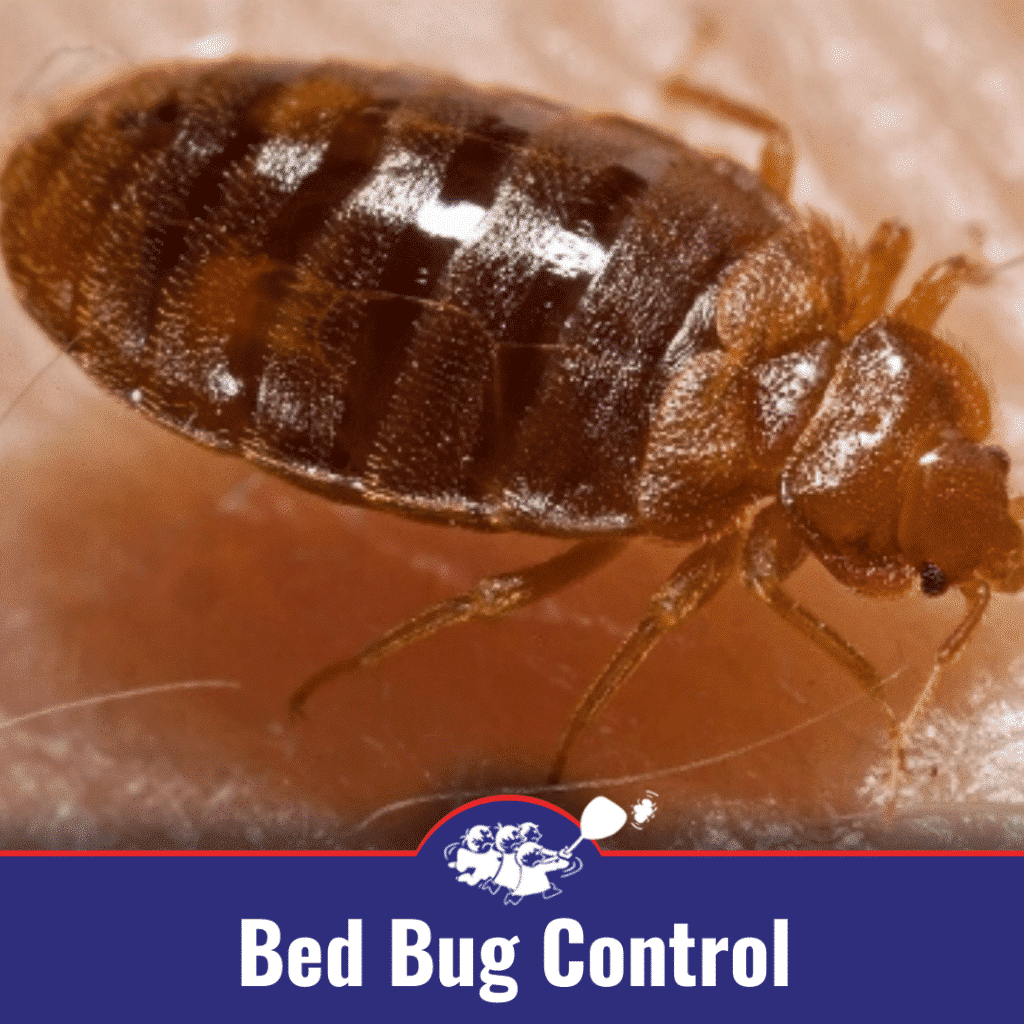

You can also wrap your mattress in black plastic and let it bake (I lived in Phx, AZ) but if that’s cumbersome, you can leave it in the room.Ģ) remove all flammable or melt-able objects in the room (this would include plastic miniblinds, etc.

You can turn the bag every now and then if it has a lot of clothing in it. The bugs will die in heat so the hot sun will bake the little suckers in the bag. This would also include pillows and clothing, but what I do with clothing that I’m not going to be wearing right away is to place it in black plastic garbage bags and leave it in the summer sun if it gets over 95º. and let it cook in the dryer for at least 30 min. Here is my protocol to heat your rooms and kill the bed-bugs wherever they’re hidingġ) Remove all bedding and put it in the dryer (or wash it first) at the highest temp. This is absolutely necessary to take repeated temperatures of all surfaces as the room is heating up. You will also need an infrared thermometer that you can buy from Amazon like mine.

Get a standard propane tank (from your BBQ) for the fuel. The one I use is a Mossy Oak brand forced air heater, like this one: īut I think you can rent them at any contractor equipment rental operation. Hello Lavonne – I bought mine for just over $100.
#What happens when you squish a bed bug professional#
If that product doesn’t work, you might be dealing with a resistant population and may need to find an insecticide with a different or additional active ingredient or seek the help of a pest control professional to identify an effective treatment plan. Make sure to read the labels to find the right product for your needs. In short, finding the right insecticide isn’t always easy. If this insecticide was sprayed for 13 seconds, results might have shown it to be more effective. The researchers sprayed the pyrethroid/pyrethroid synergist until damp to ensure that the application rate was similar to other products used in the study while applying the product at a rate that still followed the manufacturer’s recommendations. The label recommended spraying eggs for 13 seconds or until damp. The pyrethroid/pyrethroid synergist mix performed poorly both in terms of preventing egg hatch and killing nymphs. This result makes sense because neither product was labeled for bed bug eggs specifically. For example, the pyrethroid and halogenated pyrrole both allowed nearly all eggs to hatch, but then killed nearly all nymphs. The study also shows that reading labels is important. The most effective insecticide overall was the neonicotinoid/pyrethroid mix, suggesting that having the dual active ingredients might give the best chance for success. What do these results mean for the person trying to kill bed bug eggs? The neonicotinoid/pyrethroid mix only allowed 13% of eggs to hatch, and killed 38% of nymphs after hatching. The pyrethroid and halogenated pyrrole both allowed over 90% of eggs to hatch, but killed nearly all nymphs after hatching. The pyrethroid/pyrethroid synergist mix allowed 84% of eggs to hatch, and 99% of hatched nymphs survived. However, for the Jersey City strain, results got a bit more muddled. A pyrethroid and a neonicotinoid/pyrethroid mix both resulted in no eggs hatching, while a pyrethroid/pyrethroid synergist mix and a halogenated pyrrole both killed all nymphs. The Jersey City strain is closer to what would be found in the field or to what people would find in their homes than the Harold Harlan strain is.ĭuring the test, all insecticides fared well against the Harold Harlan strain. The second strain was a Jersey City strain, which is resistant to a class of insecticides known as pyrethroids and recently showed moderate resistance to neonicotinoids. One was from a colony of bed bugs kept by Harold Harlan for more than 40 years without any exposure to insecticides. Two different bed bug strains were used for the study. For the eggs that did hatch, the researchers also recorded how many of those nymphs survived a week, as the bugs came into contact with residuals of the insecticides after they hatched. In the study, researchers from Clemson University tested four insecticide sprays against bed bug eggs and recorded how many eggs ended up hatching. The efficacy of different insecticide sprays depends on a few different factors, such as which strain of bed bug is being treated, how resistant the strain is to the insecticide being used, and the permeability of the chemicals in relation to the egg shell composition, reports a recent study published in the Journal of Economic Entomology.


 0 kommentar(er)
0 kommentar(er)
